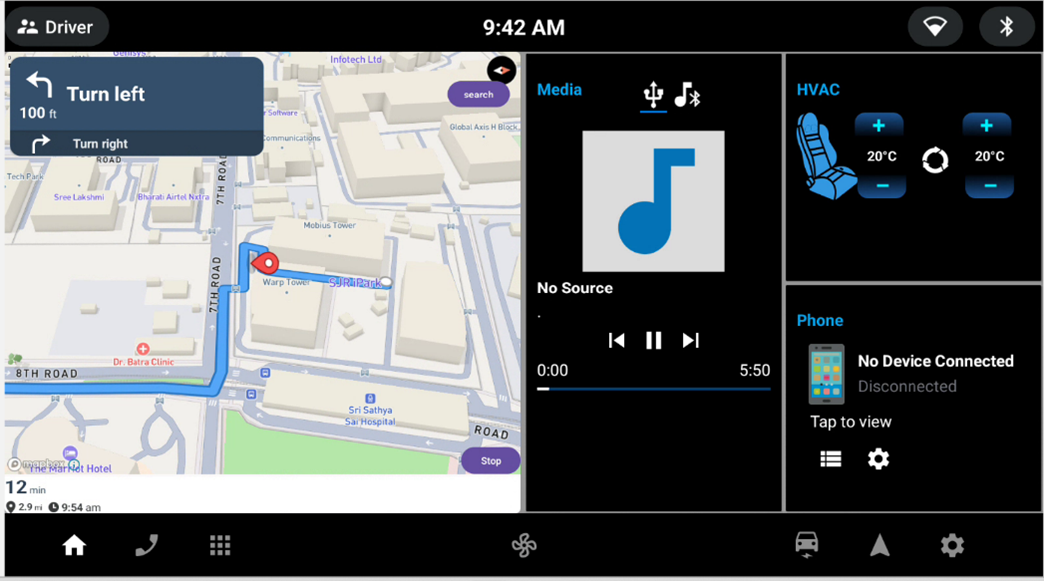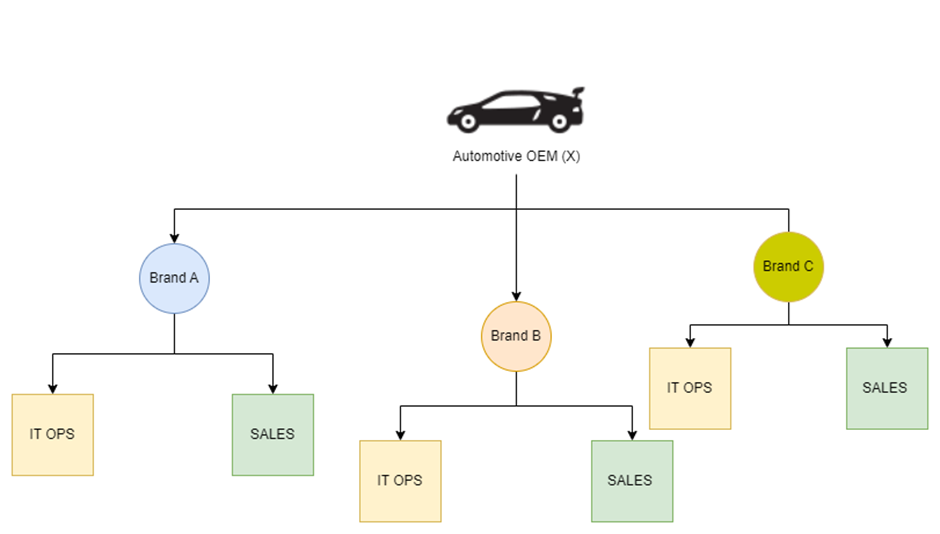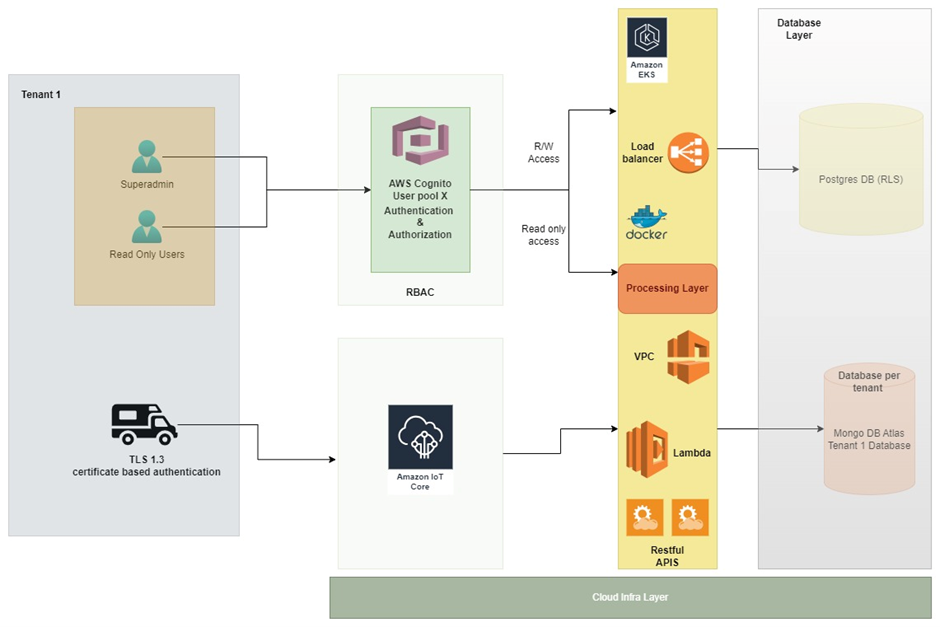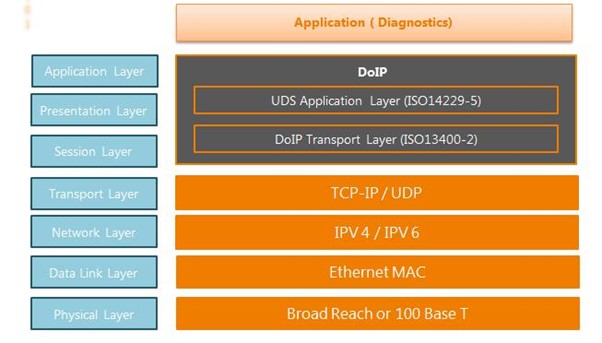Time and faster order processing are critical in both B2B and B2C settings, but the urgency and reasons differ based on the nature of the transaction, the industry, and customer expectations.
That said, time is often more critical in B2B due to the complex nature of transactions and the direct impact on business operations.
Delays in processing B2B orders can lead to operational disruptions, financial loss, and strained partnerships.
Let’s do some cause analysis:
- Supply Chain Dependencies: In B2B, companies often rely on timely delivery of products to maintain their own production or operations.
For instance, a manufacturer waiting for raw materials needs them to arrive on time, or production might halt, affecting their entire supply chain.
- Larger Orders and Contracts: B2B transactions typically involve larger quantities, higher values, and long-term contracts.
A delay can cause significant financial losses. For example, an automotive parts supplier failing to deliver on time could halt car production, causing millions in downtime costs.
- Custom Requirements: B2B orders may also involve custom specifications, making faster order processing and accurate fulfillment crucial to meet project deadlines. Any delay could affect multiple business partners or cause reputational damage.
Consider the following scenario for example. . .
A construction company that orders specialized equipment or materials for a large-scale project expects timely delivery, as any delay could push back deadlines, leading to penalties or increased costs.
This is why B2B buyers don’t browse — they buy. They know exactly what they want, and any delay in placing orders can disrupt operations, affecting everything from inventory management to production schedules.
Imagine a scenario where a procurement manager needs to replenish supplies quickly.
They’ve already identified the products, have a list of SKUs ready, and the only task remaining is to input this data and hit ‘order’. . .
Yet, the process often feels like navigating a maze — clicking through multiple product pages, adding items one by one, and waiting for search results.
This is where Quick Order, from Magento Commerce ( Now Adobe Commerce) feature gains significance . It removes the friction, transforming bulk ordering into a seamless, time-efficient process that saves businesses from operational delays.
But how exactly does it impact all the stakeholders — businesses, store admins, and customers? Let’s dig deeper to understand.
The Challenge: Traditional B2B Ordering Woes
The standard ordering process for bulk buyers can be tedious, time-consuming, and prone to human error. Consider this: in 2021, a report by McKinsey & Company, “Reordering Process Efficiency in B2B” revealed that 42% of B2B buyers complained about slow ordering processes affecting their ability to manage inventory on time.
The manual process of placing bulk orders one item at a time, clicking through endless product pages, and configuring quantities leads to delays and mistakes.
Now, imagine a retailer needing to reorder hundreds of products.
They have the SKUs stored neatly in their ERP system, but conventional eCommerce platforms force them to go through the cumbersome task of manually finding and adding each product.
The more items to reorder, the more time wasted, which can disrupt supply chains, delay shipments, and affect productivity.
For store admins, the situation isn’t any better. Handling bulk order complaints, dealing with inaccurate SKU entries, and assisting customers with tedious cart management add to their workload, leading to inefficiency in order processing.
 But what if all these pain points could be eliminated in a few clicks?.
But what if all these pain points could be eliminated in a few clicks?.
The solution to all this revolutionary feature called Quick Order, by Magento Commerce ( now Adobe Commerce) released as parts of its B2B ecommerce solutions.
For B2B buyers, the magic lies in simplicity. They can bulk order by simply pasting a list of SKUs into the Quick Order form or even importing it directly from a CSV file. With a single click, the system reads these SKUs, matches them to the right products, and generates a ready-to-go order. Customers can also configure product variants and update quantities on the fly, reducing the need for constant back-and-forth between product pages.
In fact, a Forrester study highlighted that 74% of B2B buyers research products online before making a purchase. With the Quick Order feature, businesses no longer need to waste time browsing — they can go directly from SKU to order, drastically cutting down the time spent in checkout.
Here’s a real-world scenario: A procurement officer at a wholesale firm needs to reorder 200 different products for an upcoming promotion.
Using the Quick Order feature, they open the Quick Order page, upload their pre-arranged list of SKUs, configure quantities in seconds, and place the order. What would have previously taken hours is now completed in under 10 minutes.
For store admins, the benefits are equally compelling. They can restrict access to the Quick Order feature to select customer groups, ensuring it’s available to their high-priority B2B clients while keeping the buying experience streamlined for smaller buyers.
Admins no longer have to deal with common ordering errors and can focus on optimizing operations.
How Does Quick Order Help Boosts Revenue?
The true value of the Quick Order feature becomes apparent when considering its impact on the businesses.
 According to data from the IDC, 60% of B2B organizations state that improving the customer experience is a top priority, and with the Quick Order feature, businesses can offer a faster and more seamless experience, encouraging repeat purchases.
According to data from the IDC, 60% of B2B organizations state that improving the customer experience is a top priority, and with the Quick Order feature, businesses can offer a faster and more seamless experience, encouraging repeat purchases.
In B2B eCommerce, relationships are crucial, especially when multiple stakeholders are involved. A fast, efficient, and reliable order process isn’t just about convenience—it must ensure a seamless experience for decision-makers across departments.
Multiple stakeholders, including procurement, operations, and finance teams, depend on smooth transactions to keep their own business operations running efficiently. Delays or errors can disrupt their entire supply chain. A seamless experience in B2B ecommerce reduces friction, ensures alignment across departments, and minimizes the risk of costly disruptions, ultimately leading to stronger partnerships and greater long-term profitability.
Consider this: 94% of B2B buyers are likely to buy again from companies that offer a simplified buying experience.
The Quick Order feature makes the reordering process a breeze, ensuring that businesses return to place bulk orders without hesitation.
Furthermore, B2B buyers reorder the same items frequently, and the Quick Order feature allows them to save time and reorder swiftly without having to sift through product catalogs.
This results in higher order volumes, with some businesses reporting a 25% increase in order frequency after enabling the Quick Order functionality.
From a business perspective, quicker order placement means faster order fulfillment. With less time spent navigating the buying process, customers can place more orders, leading to higher sales and increased customer satisfaction.
Consider a hypothetical scenario of a furniture supplier that sells to hotels and large corporations.
Conventionally, their procurement officers would need to spent hours searching for and ordering bulk items like tables, chairs, and storage units, causing delays in delivery schedules.
However, if they implement the Adobe Commerce’s Quick Order feature, they can :
– Upload their pre-arranged SKU lists directly from their ERP systems,
– Place orders in minutes, and drastically reduce their order-processing time by 45%.
As a result, their order accuracy will be significantly enhanced, leading to skyrocketing customer satisfaction , which will then help in increase in sales.
Embracing the Quick Commerce in B2B eCommerce
In the age of Quick Commerce, where time is money and efficiency is king, the Quick Order feature is a game-changer.
It revolutionizes how bulk orders are placed in the B2B eCommerce space, allowing businesses to place large orders with just a few clicks, saving time and reducing errors.
By enhancing the user experience for B2B buyers and giving store admins the tools they need to manage bulk orders efficiently, this feature positions businesses to thrive in a competitive eCommerce landscape.
For any business looking to step into the future of B2B eCommerce, embracing Quick Commerce through the Quick Order feature is not just an option — it’s a necessity.
If you are keen to implement quick order feature into your B2B website, our digital experts are just a click away. Sign Up for a quick demo today !




























